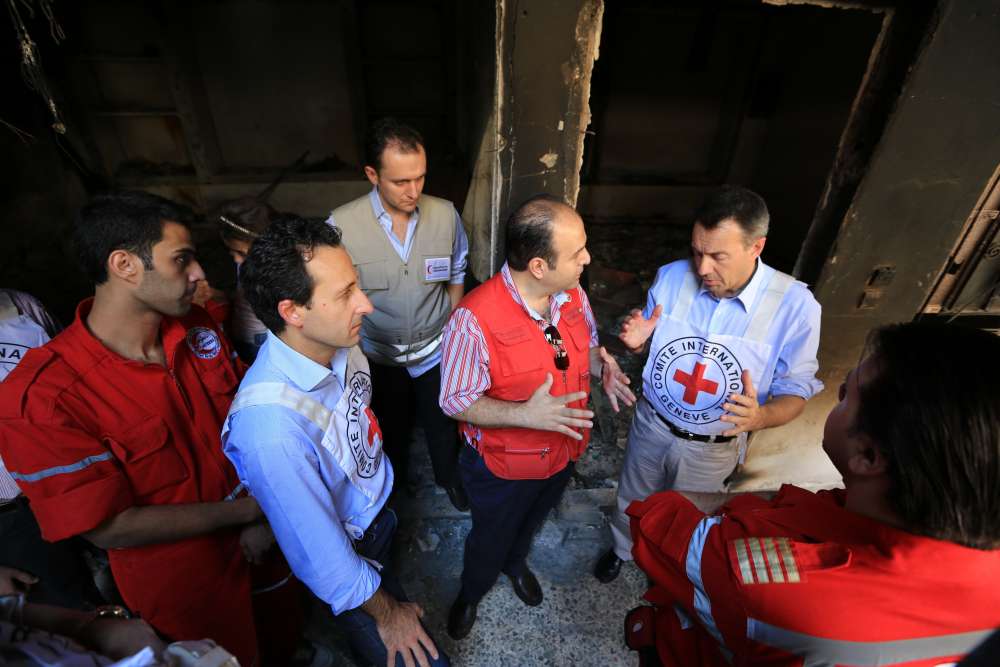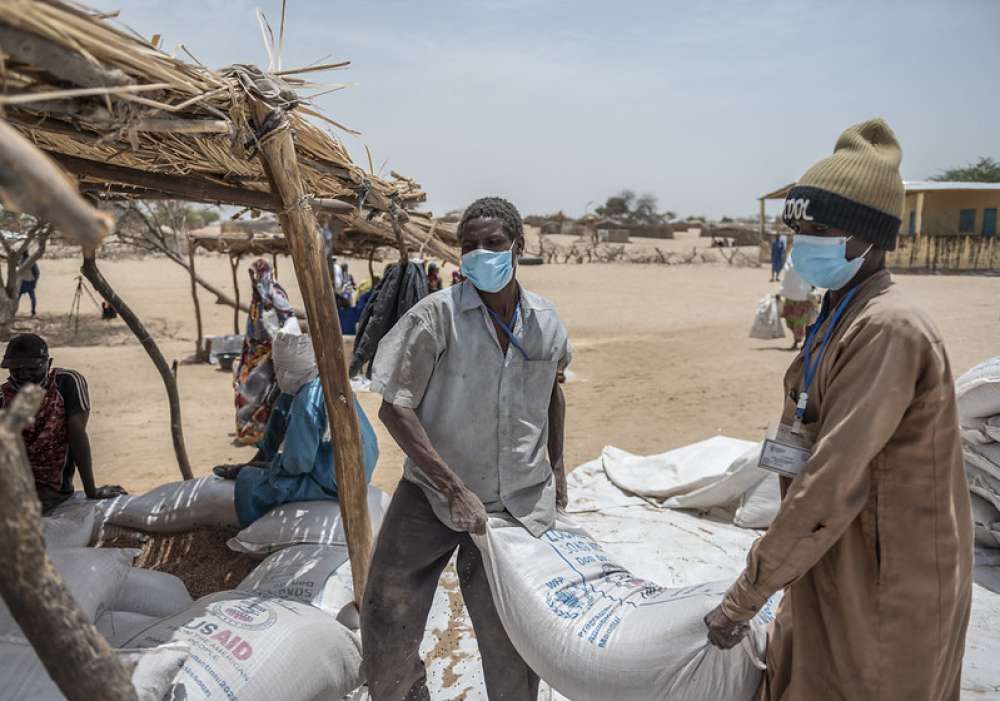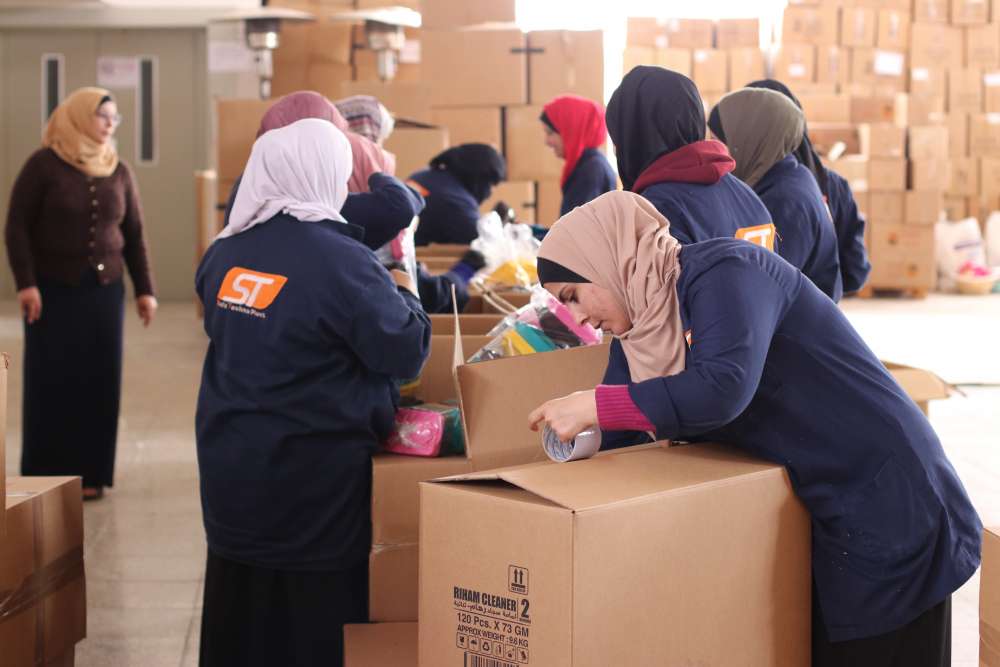India as a Humanitarian Donor in the 21st Century
The Seeds of a More Ambitious Role
The Indian Finance Minister dismissed British aid to India as “peanuts” in the midst of the heated debate over Britain’s overseas expenditures last year. This cheeky remark signposts that India’s transformation to a net donor, first announced in the 2003 – 2004 budget speech, has drawn to an end. Prompted by growth and global aspirations, Indian ministries and agencies disbursed $1 billion for overseas projects in 2007. In 2011, India ranked as the second largest emerging donor after China with an estimated $1,5 billion overseas disbursements. In the meantime, foreign aid projects managed by the Ministry of External Affairs (MEA) alone more than doubled, from $300 million in 2007 to over $700 million in 2012.
Manifestly emerging as a donor country, India’s humanitarian contributions have nonetheless idled in the past 10 years. The country’s humanitarian budget, averaging at $40 million, corresponds roughly to that of Luxembourg. As New Delhi actively bids for permanent membership in the United Nations Security Council (UNSC), the limited resources it devotes to humanitarian action is striking. After all, the coordination and implementation of humanitarian aid is one of the fundamental responsibilities of the United Nations system.
Idle humanitarian contributions, on the other hand, are increasingly characterized by a shift from bilateral to multilateral, albeit dominantly earmarked financing. India provided over $20 million through a United Nations appeal in response to the 2010 floods in Pakistan and has dispatched more than 100 thousand tons of high-energy biscuits to Afghanistan through the World Food Programme (WFP) to date.
Has India grown to match its global potential in the area of humanitarian action? Most research on India’s emergence as a donor has focused on development cooperation. Only a few studies, notably Price (2005) and Meier and Murthy (2011), analyzed India’s humanitarian assistance in detail. In answering the above question, this paper (1) examines the setup and recent changes in India’s foreign aid infrastructure; (2) analyzes the country’s integration in the global humanitarian system; and (3) gives a detailed account of India’s humanitarian portfolio in the last ten years based on data acquired from a 2012 Right to Information claim.







